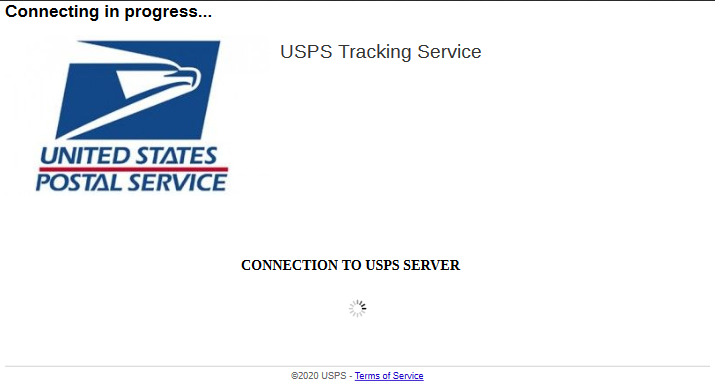Introduction
In an age where online scams and phishing attacks have become increasingly sophisticated, it’s crucial to stay vigilant and informed about potential threats. One such scam that has gained notoriety is the USPS scam email, often accompanied by spam USPS tracking numbers. In this comprehensive article us9514901185421 USPS Scam Email and spam usps tracking number, we will delve deep into this deceptive scheme, uncover its modus operandi, and equip you with the knowledge to protect yourself from falling victim to it.
Understanding the US9514901185421 USPS Scam Email
-
What is the USPS Scam Email?
The USPS scam email is a fraudulent email that impersonates the United States Postal Service (USPS). It is designed to deceive recipients into believing that they have a pending package or delivery from USPS. The scammers employ various tactics to make these emails appear legitimate, such as using official USPS logos and branding.
-
How Does it Work?
The scam typically begins with an unsolicited email that informs the recipient about an unclaimed package or a failed delivery attempt. To add an air of authenticity, the email often includes a USPS tracking number. Recipients are urged to click on a link or download an attachment for further details.
Deconstructing the Modus Operandi
-
Phishing for Personal Information
Once the recipient clicks on the provided link or downloads an attachment, they are redirected to a fake website that mimics the USPS official site. Here, they are prompted to enter personal information, such as their name, address, and credit card details, under the guise of verifying their identity or rescheduling a delivery.
-
Malware Distribution
In some instances, clicking on the link or attachment may result in the installation of malicious software on the recipient’s device. This malware can compromise the security of their device and steal sensitive data.
Recognizing Red Flags
- Inconsistent Email Addresses
USPS communication is conducted through official email addresses ending in “@usps.com.” Be cautious of emails from addresses that deviate from this format.
- Poor Grammar and Spelling
Scammers often make mistakes in grammar and spelling. If you notice these errors in an email purportedly from USPS, it’s likely a scam.
Protecting Yourself from USPS Scam Emails
- Verify the Sender
Always verify the sender’s email address. Legitimate USPS emails will come from addresses ending in “@usps.com.”
- Don’t Click on Suspicious Links
Exercise caution when clicking on links in unsolicited emails. Hover over the link to preview the URL before clicking.
- Use Antivirus Software
Keep your antivirus software up to date to protect your device from malware.
Conclusion
The USPS scam email and spam USPS tracking numbers are cunning tactics employed by cybercriminals to steal personal information and compromise the security of unsuspecting individuals. By staying informed about these scams and practicing vigilance, you can protect yourself and your personal information from falling into the wrong hands.
FAQs
- Is the USPS scam email a recent phenomenon?
No, the USPS scam email has been around for several years, but scammers continually adapt their tactics to stay relevant.
- What should I do if I receive a suspicious USPS email?
Delete the email immediately and do not click on any links or download any attachments. Report it to the USPS.
- Can scammers use my USPS tracking number against me?
Scammers can use the tracking number to deceive you, but it is not inherently harmful. Be cautious of any email requesting further information related to the tracking number.
- How can I report a USPS scam email?
You can report USPS scam emails to the USPS by forwarding the suspicious email to their official email address: spam@uspis.gov.
- What legal actions can be taken against USPS scammers?
USPS scammers can face various legal consequences, including fines and imprisonment, depending on the severity of their actions and the laws of the jurisdiction in which they operate.




